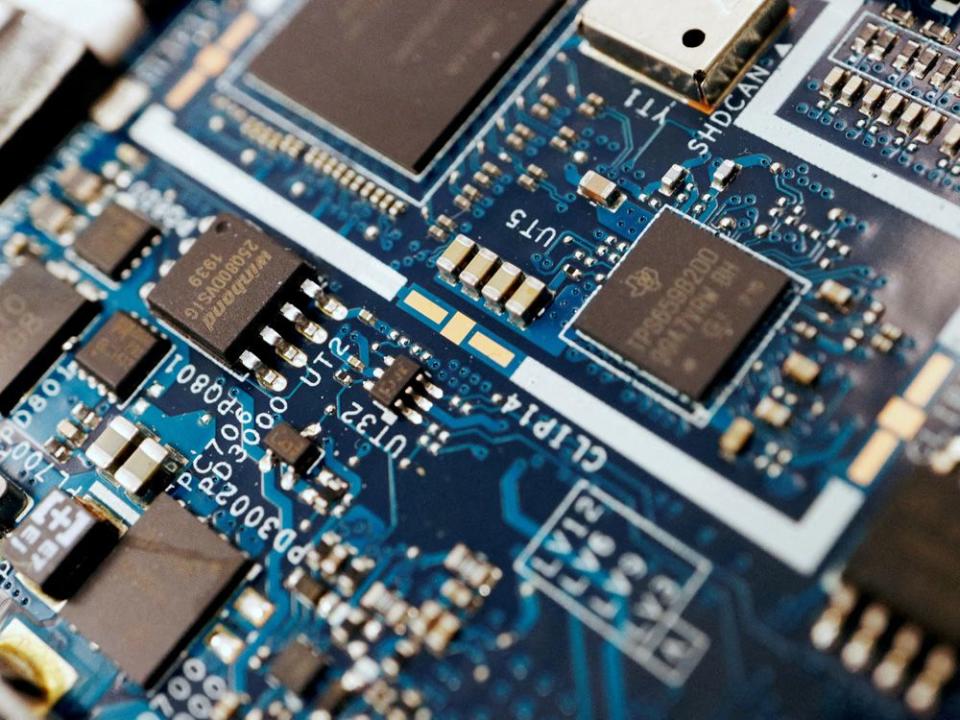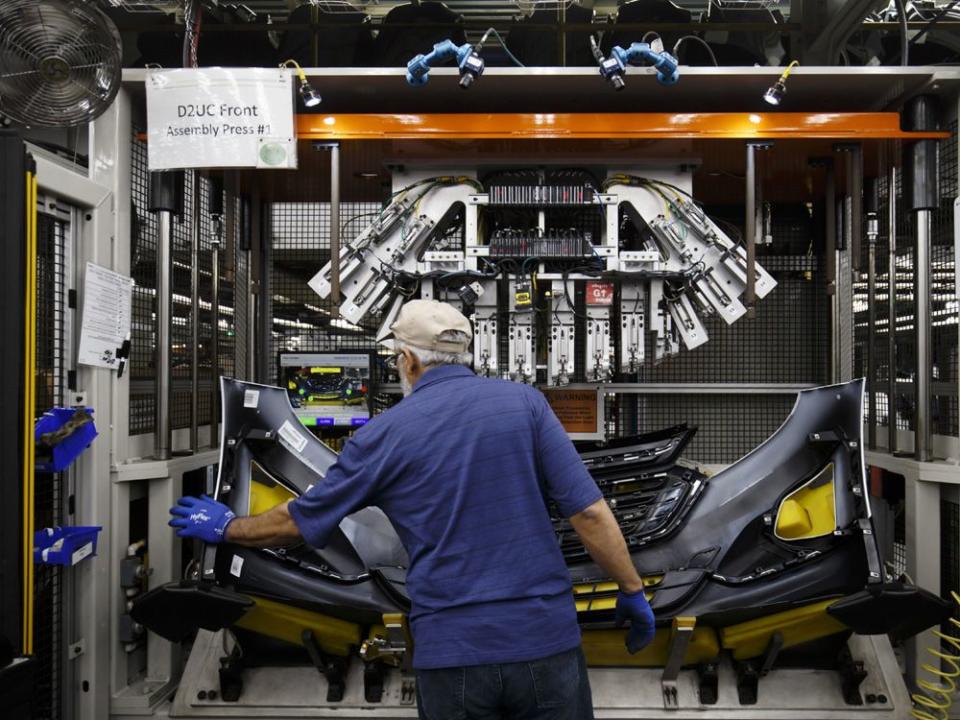Dreaming of a new car for Christmas? Here's why you should keep dreaming

Things were supposed to be different in 2023 for car manufacturers, dealers, prospective car buyers and lovers of auto shows, those annual pageants of polished steel and next-generation automotive design wizardry that attract tens of thousands of car enthusiasts.
As a complement to a well-functioning, interconnected and globalized market, auto shows are designed to convince folks to purchase a new ride whether they need one or not. But our interconnected world is woefully imperfect, as are global supply chains, particularly for manufacturers in any industry dependent upon semiconductors to make their stuff, be it a new smartphone or a new car.
Semiconductors are in short supply and auto shows featuring shiny new cars are becoming equally scarce. Vancouver and Calgary recently cancelled their 2023 shows, just as they were forced to do during the three previous years. After all, there is no point in having a new car show when there are no new cars to show.
“The vast majority of manufacturers are still woefully short on inventory,” Jim Gillespie, executive manager of the Calgary Motor Dealers Association, said.
It fell to him to deliver the bad news about the Calgary auto show to Alberta gearheads. Weeks later, one can still detect the frustration in his voice.
“Nothing has changed,” he said, “And it really hasn’t got a whole lot better.”
What he means is that the supply chain issues that have bedevilled the automotive industry since the early days of the pandemic just keep rolling down the highway.

Remember March 2020? The world shut down in a hurry and automakers idled their plants. In doing so, they also paused all orders for semiconductors, the silicon devices, generally manufactured in Taiwan, that conduct electricity and pretty much make anything electronic go.
At the same time, the rise of remote work and learning, as well as the human need for distraction, created an unprecedented demand for electronics of all sorts. The semiconductors the auto industry was not ordering were suddenly being ordered by somebody else.
But a curious thing happened as month one of the pandemic bled into two, three and more months: the demand for cars, new and used, spiked.
COVID-19-fearing consumers itched to get out more. Flying wasn’t an option. Taking public transit seemed downright suicidal before vaccines were available. Cars were it, and to meet the boom in demand, the automakers needed all the semiconductors they could get their hands on, but they couldn’t — and still can’t — get their hands on nearly enough.
“We thought this thing was going to get solved in the second quarter, third quarter of 2022, and it now looks like we are going to be well into 2023, maybe midway through, before we start seeing the semiconductors we need,” Flavio Volpe, president of the Automotive Parts Manufacturers’ Association, said. “It has been restricting everything.”

What hasn’t slowed is consumer interest in buying a car, an appetite that has generated a wacky phenomenon, one that is completely contrary to the natural laws of buying and selling vehicles over the past few years.
Ever since the dawn of Henry Ford, the moment a new car was driven off a dealer’s lot was the moment depreciation kicked in. Not so lately.
The average price of a used car posted on Autotrader.ca, an online marketplace for new and used vehicles with more than 300,000 of them currently listed, was $26,759 in February 2020, Baris Akyurek, the site’s director of marketing intelligence, said. Today, that used car is going to cost you almost $37,000.
“Imagine having a car as an appreciating asset?” Volpe said. “It is a completely unnatural phenomenon from a macro-economic point of view.”
The average price of new cars has similarly ratcheted up from pre-pandemic days and now sits at almost $59,000, a $10,000 increase over February 2020. But the rising price isn’t the only issue. The average wait time to get a new car delivered can be upwards of six months, Gillespie said.
How Volkswagen's interest in Canada shows auto sector dynamics are shifting in country's favour
Volkswagen commits to considering Canada for its first North American EV battery factory
Tesla seeks CRTC telecom licence — but don't look for Tesla cellphones
Some of those new cars will arrive minus a few of the bells and whistles they are advertised as having, such as heated seats, because heated seats require semiconductors. The automakers’ current solution is to sell the vehicle as is, with an agreement to bring the buyer back in to activate any missing features just as soon as the silicon chips become available.
If that seems like a titanic, costly headache, it’s also a good reason to keep that old rust bucket in the driveway chugging along for as long as possible, since no one in the industry is predicting a return to pre-pandemic prices.
But for those car lovers determined to pick up something shiny and new for Christmas, there is an affordable, non-semiconductor-dependent alternative: a new set of Hot Wheels.
It can be had for $39.99 (plus tax), delivered to your door by Friday, Dec. 16 (according to Amazon.ca), and will be enjoyed by the entire family — ages “3 Years” and up.
Vroom vroom.
• Email: joconnor@nationalpost.com | Twitter: oconnorwrites

 Yahoo Finance
Yahoo Finance 